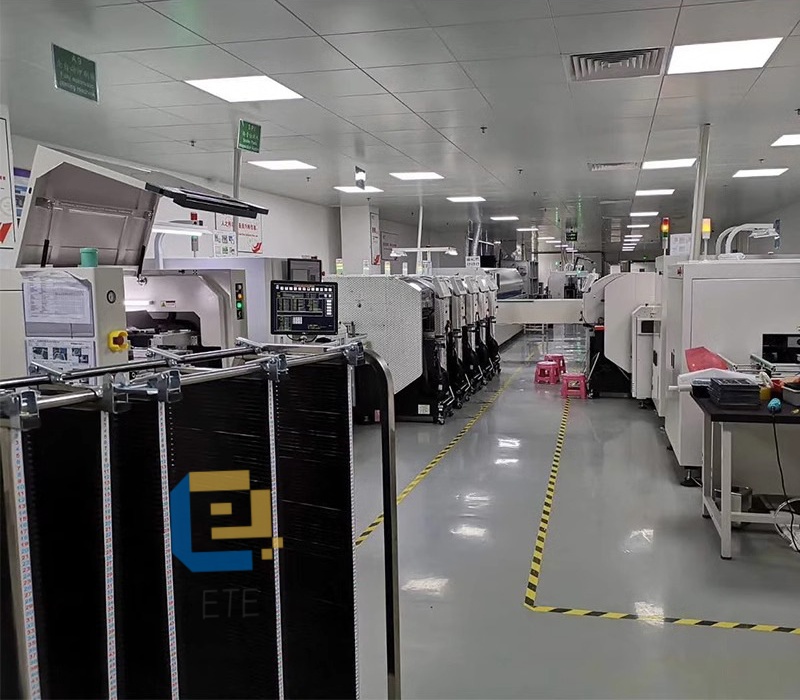As the demand for faster computing speeds continues to rise, the advancement of chip technology plays a pivotal role. In 1965, Gordon Moore, an American engineer, observed that the number of transistors on computer chips doubles approximately every 18 to 24 months. This observation and its subsequent implications became known as Moore’s Law. However, following this trajectory, the miniaturization of transistors in processors and memory chips was expected to hit a fundamental physical limit around 2000. A breakthrough in 2007 allowed for the development of three-dimensional semiconductor devices on chips, reviving rapid chip manufacturing. Yet, scientists now express concerns that we may be on the brink of another semiconductor bottleneck unless new methods are discovered.
Recent research suggests that one potential solution to surpassing Moore’s Law may lie in nanomaterials. The ability to visualize and manipulate materials at the nanoscale has led to a diverse array of technological advancements, from improved electronic devices to more efficient fuel usage, sensing technologies, drug discovery, and stronger, more resilient materials. At the nanoscale, a nanometer is one billionth of a meter—about ten times the diameter of a hydrogen atom. For context, the average diameter of a human hair is approximately 80,000 nanometers. At this scale, conventional physical and chemical rules no longer apply. Properties of materials, such as color, strength, electrical conductivity, and reactivity, can vary significantly between the nanoscale and macroscopic scales. For instance, carbon nanotubes possess a strength that is 100 times greater than steel while weighing only six times less.
Researchers from TSMC (Taiwan Semiconductor Manufacturing Company) and American universities have recently unveiled a method for creating electronic connections that may help unlock the potential of 2D materials, further enabling the miniaturization of components. According to these scientists, this new discovery could be sufficient to break through Moore’s Law, at least in the near future.
While the integration and commercial scaling of nanomaterial-based chips will require time and further engineering efforts, researchers indicate that the impact of these physical operations could be realized quickly. Nanomaterial semiconductors also feature expanded band gaps, providing these materials with exceptional chemical stability at high temperatures. This thermal stability offers significant advantages for systems utilizing nanomaterial semiconductors compared to traditional silicon-based devices. For instance, electronic systems could eliminate the need for excessive wiring, connectors, or cooling systems. TSMC is reportedly working on developing 1-nanometer chips using nanomaterials.
Conclusion
In conclusion, the exploration of nanomaterials presents a promising avenue for overcoming the limitations imposed by Moore’s Law. As research progresses, the potential for faster, more efficient, and compact semiconductor technologies could revolutionize the computing landscape.
At YEETAI, we produce all kinds of feeder to upgrade SMT machines.



